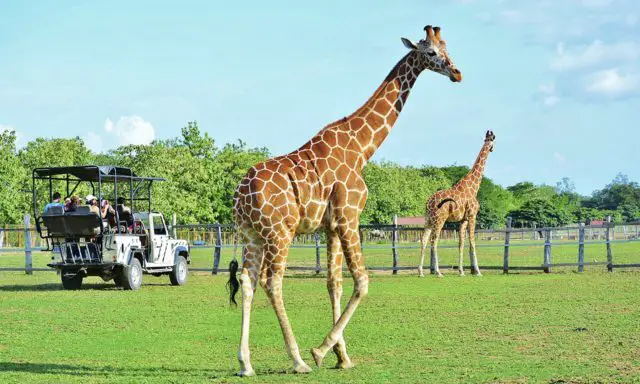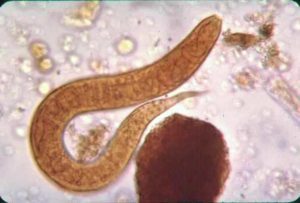2 veterinarians and one biologist conducted a study on parasitical agents in giraffes, in which 2 new agents never before described worldwide were detected. According to Esteban Palacios, veterinarian and part of the research group, the study was done with the only population of giraffes that lives in Costa Rica, in the “Ponderosa Adventure Park” of Guanacaste. The research took one year to be completed.

The objective of the study was to describe the parasitical agents that exist in the country, which could cause diseases in giraffes. Palacios explained that in this country there is no research regarding medicine in giraffes, nor any type of animal of the African Savannah.
“What we did was analyze stool samples, and from there a description of different agents was made. The study had an experimental phase that was between January and May of last year, and a laboratory phase in which the samples were processed”, he explained.
Although they had a panel of information worldwide, which were parasitical agents of mammals, they found 2 which had never been described. They are called Cooperia and Strongyloides.

Palacios said that if the agents are not controlled properly, they could cause diseases in these animals. “The importance of having this information is that it will allow us to generate preventive medicine programs so that the park can continue to work properly,” he pointed out.
Prevention would focus on people working in animal production since agents can be detected in cows, sheep, and goats. “We need to maintain good deworming programs in these production animals, to avoid that the agents can affect the giraffes”, he also said.
The veterinarian noted that, 2 years ago, the giraffe was included in the list of animals in danger of extinction. Since the inclusion, zoos worldwide have been concerned with implementing reproduction programs.
“However, giraffes are very sensitive to environmental and geo-climatological conditions. But the Guanacaste area is very similar to what they would find in the African Savanna. For example, in the United States, the reproduction of a giraffe is taking place every 5 to 7 years, whereas here one happens every year”, Palacios commented.
The study was conducted by a veterinarian, the veterinarian regent of Guanacaste Park, and a biologist. It was presented last Friday at the National University as part of a research program. The research received the highest honors and next month it will be published in a veterinary science magazine of Costa Rica. “We are opening doors to investigate animals that are in danger of extinction”, Palacios concluded with a sense of pride.
